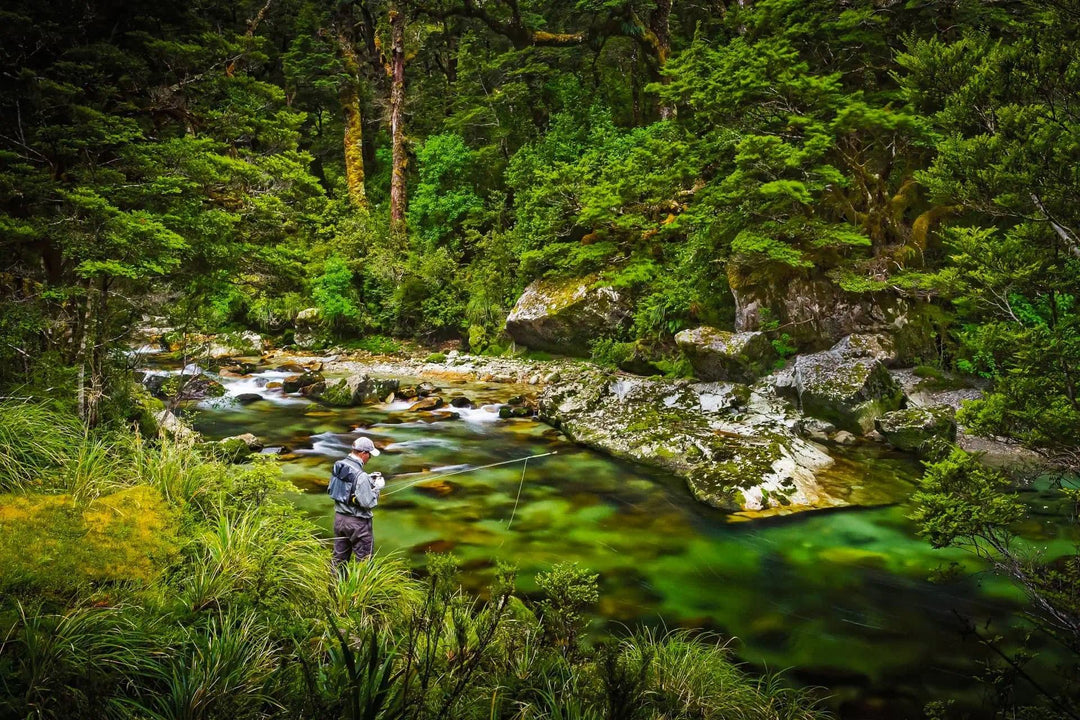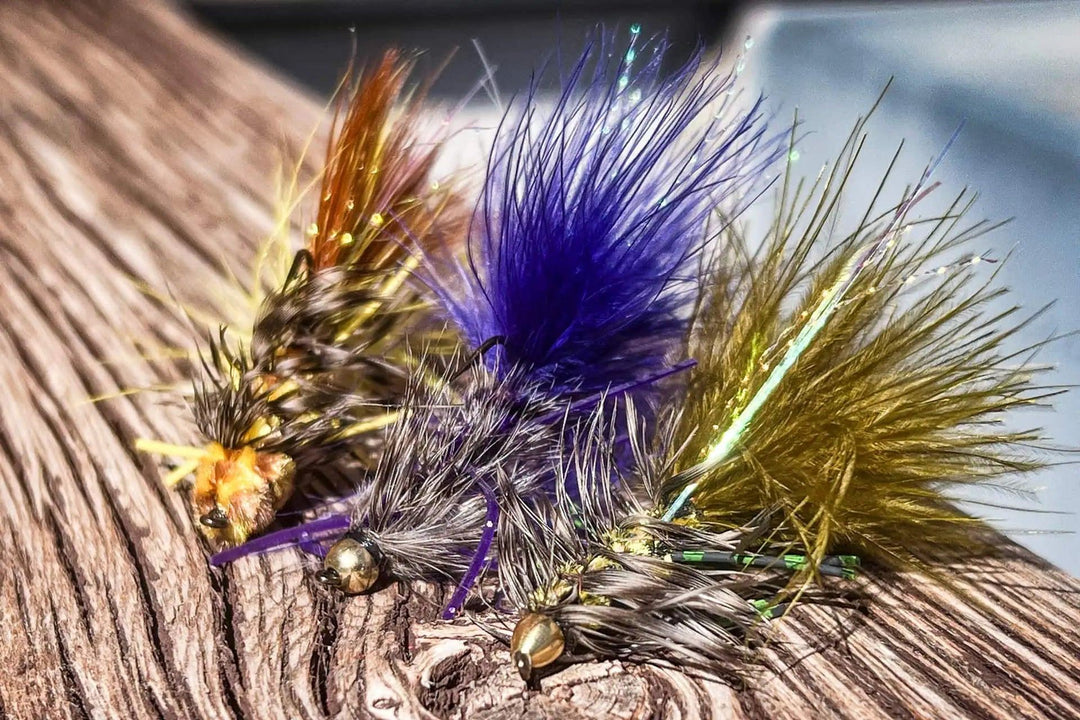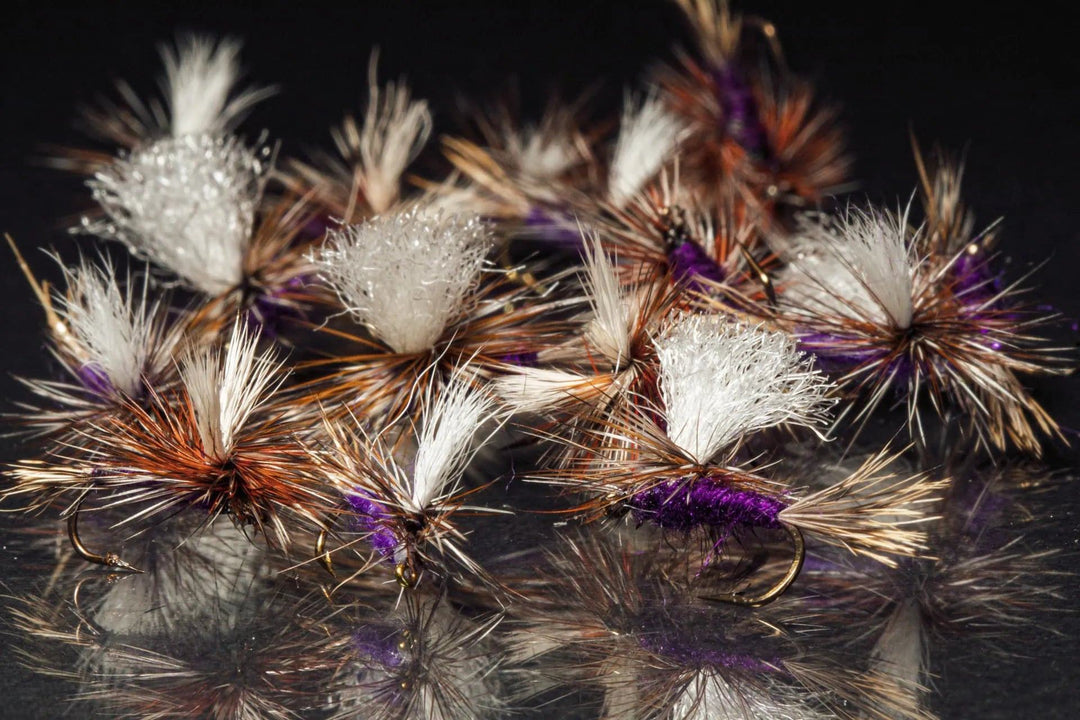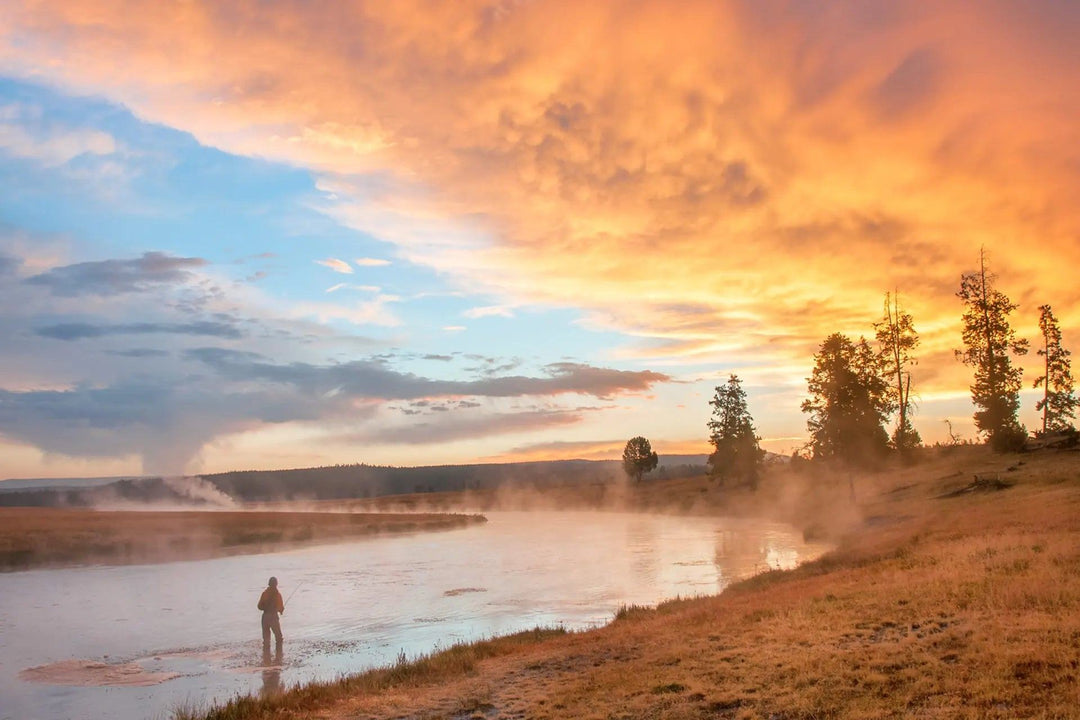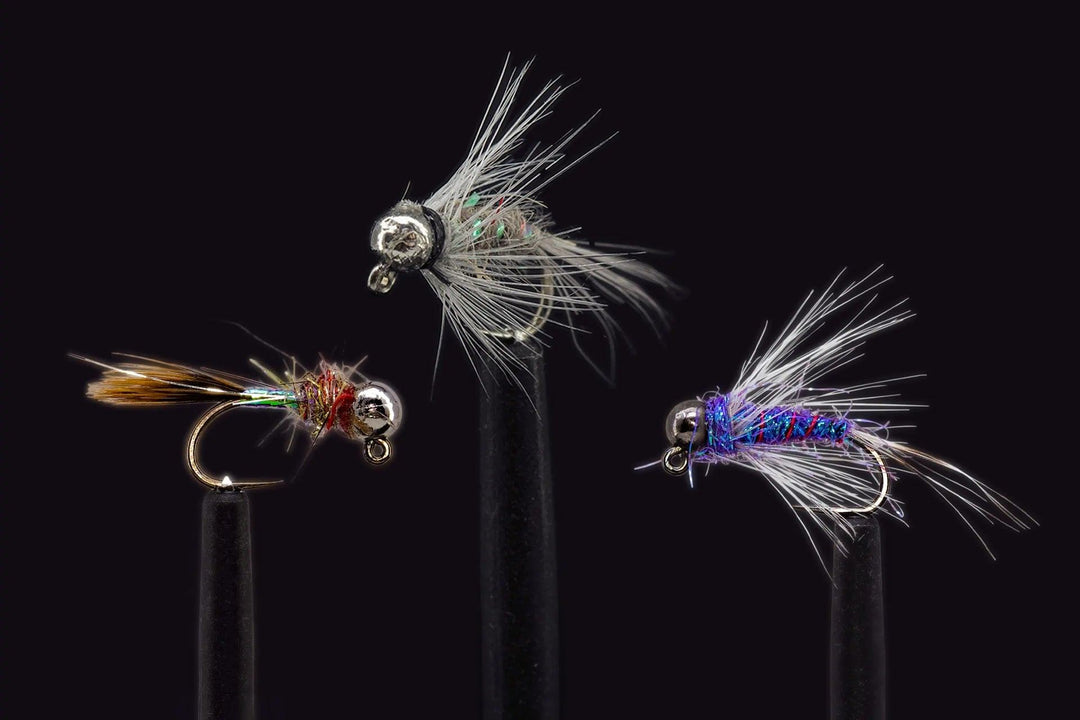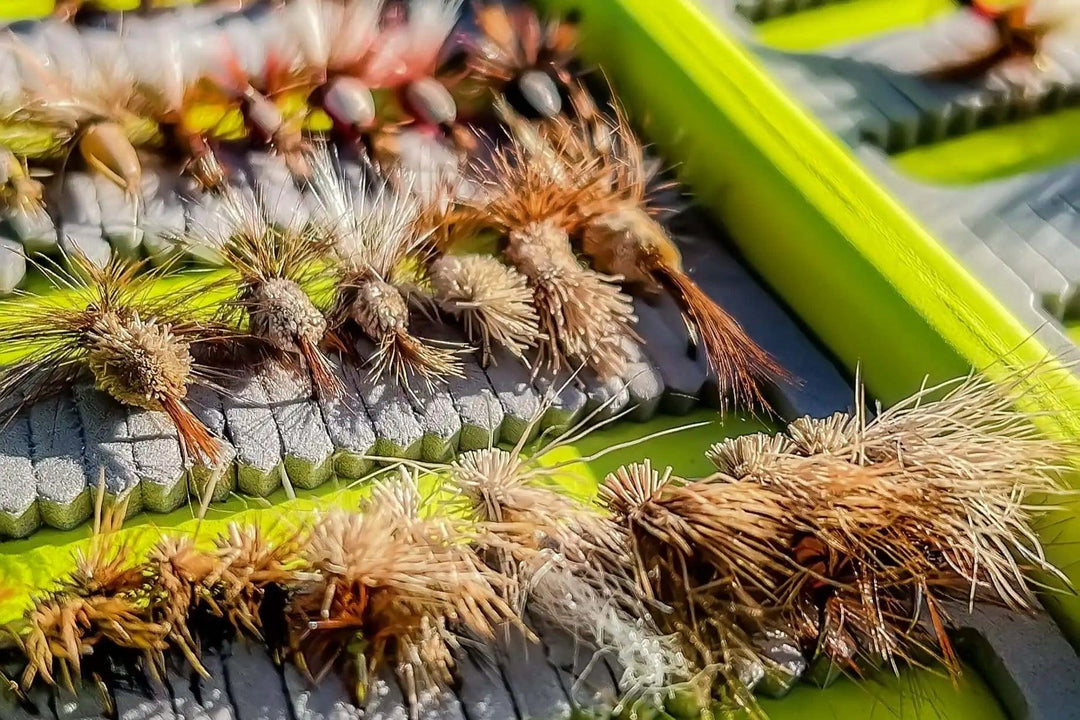The Captivating Midge Cluster

Winter fly fishing can be a bit of a challenge, especially when it comes to finding the right flies to use. The cold weather can often make fish less active, making it harder to get them to bite. However, there are still plenty of opportunities to catch fish in the winter, especially if you know what flies to use.
One of the best flies to use in the winter is the midge. Midge flies are small, slender flies that are often found in the colder months. They are a favorite food of many fish, including trout, and can be a very effective bait in the winter.
One of the key techniques for success when fly fishing with midges is to use a midge cluster pattern. A midge cluster or midge dry fly is a group of midges tied together on a single hook, creating a more realistic and attractive bait for fish. These flies mimic a group of midges mating or hatching at the same time, and are often effective at attracting fish when nothing else seems to be working.
One of the best flies to use when targeting midges is the Griffith gnat. This fly is known for its lifelike appearance and ability to imitate the movement of a real midge. It's also a great fly to use when the fish are being picky, as it's small size and subtle movement can often entice even the most finicky fish.
Another great fly to use when fishing for midges is the Badger gnat. This fly is similar to the Griffith gnat, but it's slightly larger and has a bit more movement. It's a great fly to use when the water is a bit colder, as the added movement can help to attract the fish's attention.

A third choice would be the Renegade or Double Renegade. They are a bit larger than Griffith gnats as well. They are a good choice for fishing in slightly muddier or slightly warmer water, as they are more visible to fish.
When fishing with midges and midge clusters, it's important to pay attention to the water conditions. Look for areas where the water is moving slowly, as this is where midges are often found. To fish with midge clusters, start by selecting a light tippet and a small, subtle fly. A size 18 or 20 hook is a good choice, and you may want to try using a non-weighted fly to better imitate the natural midge.
When casting, focus on presenting the fly gently and naturally, as if it were a real cluster of midges. Try to land the fly as close to the fish as possible, and be prepared for subtle takes. Some anglers find it helpful to use a slow, hand-twist retrieve when fishing with midge clusters, as this can help to give the fly more action and make it more appealing to the fish.
In addition to using midge clusters, there are a few other tactics that can be effective when fly fishing for midges in the winter. One is to use a midge larva or pupa pattern, as these can imitate the stages of the midge's lifecycle and may be more attractive to the fish. Another is to use a emerger pattern, which can imitate the midge as it emerges from the water and begins to fly.
One of the best things about winter fly fishing with midges is that it can be done almost anywhere. These flies are found in most streams and rivers, so even if you're in an unfamiliar area, you're likely to find some midges to fish for.
No matter which technique you choose, the key to success when fly fishing for midges in the winter is to be patient and persistent. These small insects can be difficult to target, but with the right approach and the right fly, you can find success and enjoy some great winter fly fishing.


